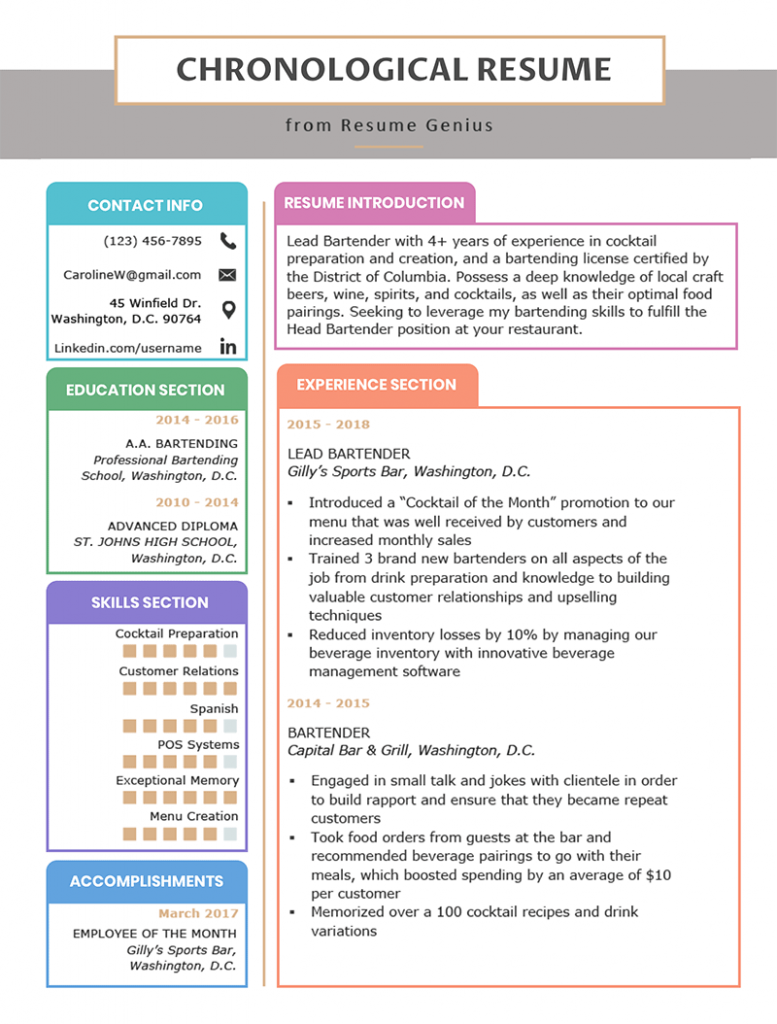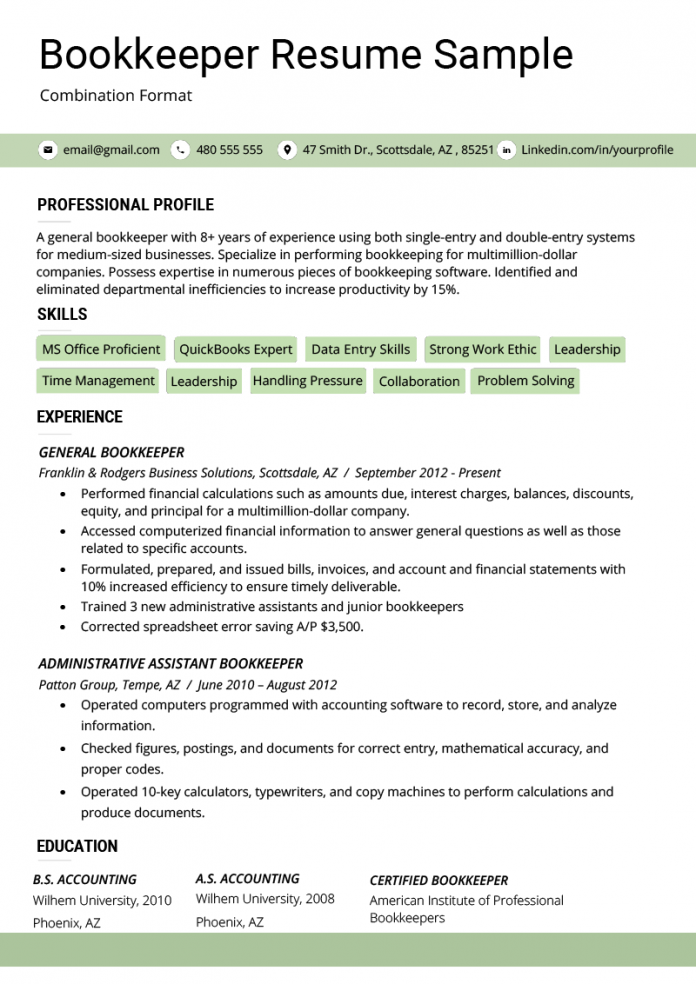How to pick the best resume format for you?
Resumes are like advertisements. And it’s important to settle on which type of “ad” in this case, ‘format’ you will use before you begin the resume writing process. Depending on the type of job you are applying to, different resume formats may apply.

A well-structured resume clearly highlights your most attractive skills and experience to potential employers. This allows them to move forward with the best candidate. It’s important to make sure your most recent skills and experiences are reflected in your resume for this reason. A good resume format will help you highlight your marketable traits and downplay your weaknesses.
There isn’t the best resume format. However, recruiters and HR professionals have narrowed it down to three standard resume styles. Your ideal resume format depends on your education, work history, and how you want to order the sections of your resume.
These are three current resume formats used by job seekers:
- Chronological (or “Reverse-Chronological”) Resumes
- Functional Resume
- Combination (or “Hybrid”) Resumes
Chronological Resumes:
- What is it – Chronological resumes are the most commonly used format. The list works history in chronological order, starting with your most recent job down to your earliest. This resume is preferred by most employers because it provides a quick snapshot of work history, with most recent positions upfront.
- Who should use – If you have a solid work history, your experience is aligned with the job you are applying to, and you have no gaps between different employments, use this format.

Functional Resumes:
- What is it – Unlike chronological resumes, functional resumes focus on your skills and experience first. This type of resume de-emphasizes the dates in which you have worked. Employment history is secondary and is listed under the details of your skills.
- Who should use – If you have lapses in employment, are in the middle of a career transition, are a recent college grad with limited work experience, or have a diverse background with no clear career path, this is the most effective type of resume.

Combination Resumes:
What is it – Combination resumes let you detail both your skills and experience, while also backing this up with a chronological listing of work history. Flexible in nature, the combination resume lets you tailor to the prospective job opening and tell hiring managers a story. A combination resume is a combination of the chronological and functional resume formats. Combination resumes:
- Begin with a resume profile, resume summary, or summary of qualifications
- Lead with a core skills section (like a functional resume)
- End with a detailed work experience section (like a chronological resume)
Combination resumes are ideal if you have a big skill set and a long career. A combination resume will help you:
- Equally, emphasize your professional skill set and work history
- Focus on transferable skills if you’re writing a resume for a career change
- Highlight your mastery of specific skills during a long career
Who should use – Use this resume if you want to detail work experience to show hiring managers the type of employee you are.

Companies prefer an organized resume that best presents your qualifications. Whichever format you pick chronological, functional, or combination/hybrid, make sure it does the best job of highlighting your achievements and skills.
Once you’ve determined the right format for your resume, we can help you with the next step. Create your resume from the ground up, using our resume writing service. Draw on our collection of professionally-designed resume templates, with our expert tips and pre-written, job-specific suggestions helping you write every section. And once you are finished with crafting the best resume with us, land for your dream job.